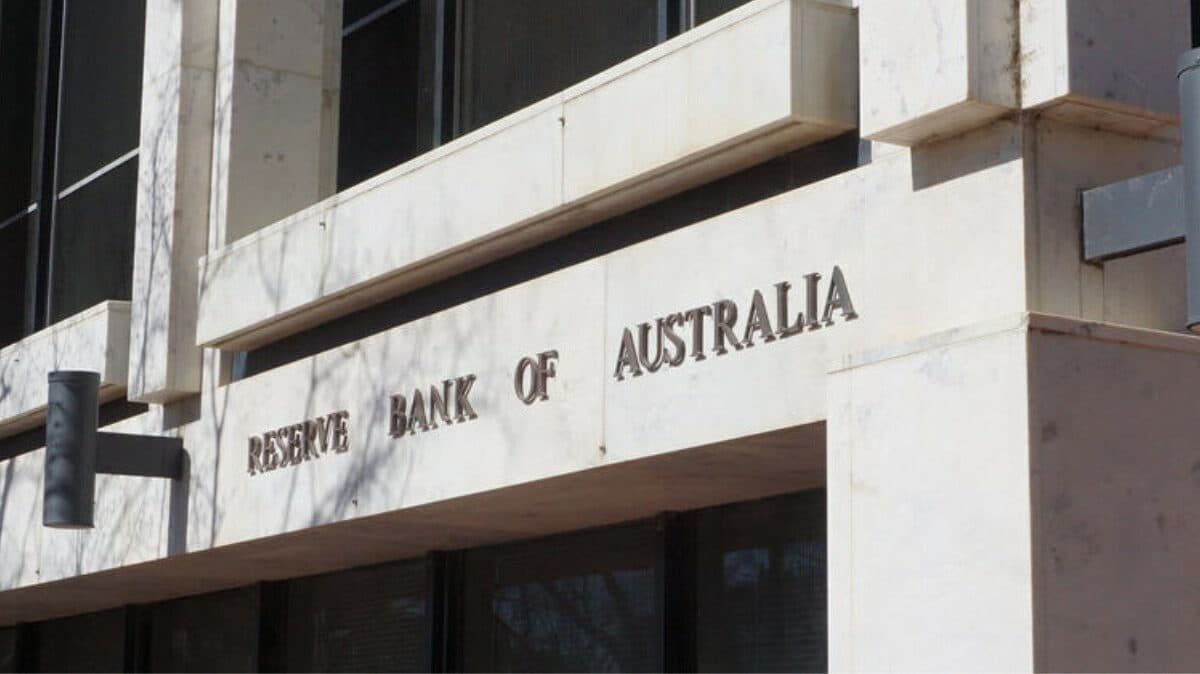Inflation has officially made itself at home in Australia—and for small and medium-sized businesses (SMEs), this means it’s time to rethink how to stay afloat while costs keep rising.
Whether it’s higher wages, pricier supplies, or tighter margins, the economic pressure is palpable, and as the Reserve Bank of Australia (RBA) holds firm on its inflation targets, SMEs must find smart ways to navigate the turbulence ahead. But it’s not all doom and gloom. By understanding the key drivers behind inflation, anticipating changes in government policies, and adapting to shifting consumer behavior, Aussie businesses can build resilience for 2025 and beyond.

Here’s what you need to know to turn the current economic challenges into opportunities for growth—and ensure your business can thrive in a landscape that’s anything but predictable.
RBA’s interest rate outlook
The Reserve Bank of Australia (RBA) has made it clear that interest rate cuts are unlikely until at least May 2025. The current inflationary environment and the need for two consecutive quarters of trimmed mean inflation under 0.8% are key hurdles before any reduction in rates. For SMEs, this means borrowing costs will likely remain elevated, making it more expensive to secure loans or finance expansion plans. Businesses should be prepared for ongoing cost of capital pressures and explore strategies to manage financing more effectively.
Inflation Persistence and Impact on SMEs
Inflation in Australia remains a significant challenge for businesses, particularly for SMEs that are navigating rising costs. As of October 2024, the trimmed mean inflation (which reflects underlying inflation trends) increased to 3.5% year-on-year, up from 3.2% the previous month. This signals that inflationary pressures have not eased as quickly as hoped, which directly impacts the cost of goods, services, and wages—key factors for any business, especially small to medium-sized enterprises (SMEs).
For SMEs, this means that while there is some relief in certain areas (such as lower petrol prices and reduced costs in goods like telecommunications and clothing), non-discretionary expenses—such as energy and rents—are still rising significantly. For example, rents increased by about 6% annually in many parts of Australia, and this could lead to higher operating costs for SMEs that rely on physical space.
The challenge of high inflation in services
While some goods are showing price relief, inflation in services remains a major concern for SMEs, with many services seeing inflation rates above 6%. For businesses in sectors such as hospitality, healthcare, and retail, where services and operational costs (e.g., wages, utilities) make up a significant portion of expenses, this sustained inflation could further squeeze profit margins. Non-discretionary categories like insurance, food, and utilities are especially hard hit, and the persistence of inflation in these areas could force businesses to either absorb costs or pass them onto customers—both of which come with their own risks.
Government subsidies and potential expiry
Government intervention through subsidies, particularly for electricity and rent, has helped ease some cost pressures. For instance, electricity prices fell 35.6% year-on-year in October, offering businesses relief. However, many of these subsidies are temporary, and SMEs should plan for the potential expiration or reduction of these supports. If government assistance is scaled back, costs could rise again, exacerbating existing inflationary pressures. SMEs that have benefitted from these subsidies should be cautious and plan for the possibility that the support may end or be extended based on political decisions leading up to the next federal election.
The labour market and wage pressures
The Australian labour market remains tight, with unemployment rates still above full employment. While this is beneficial in terms of job security, it also means that wages are likely to continue rising, adding another layer of cost for SMEs. Labour costs are often the largest ongoing expense for SMEs, and higher wages could lead to higher operational costs. However, this dynamic also highlights the importance of maintaining productivity and efficiency to offset wage pressures.
Navigating supply chain and goods market shifts
On a more positive note, the goods market in Australia has shown signs of moderation, particularly as supply chains have begun to stabilize post-COVID. However, disruptions remain, especially due to geopolitical tensions such as the situation in the Middle East, which has raised shipping costs. For SMEs that depend on imported goods or global supply chains, this could mean continued price volatility. Keeping a close eye on supply chain developments and adapting pricing strategies in response to changing costs will be essential for maintaining profitability.
Strategic Advice for SMEs
- Focus on cost management: Given the persistent inflationary pressures, businesses should focus on tight cost control measures, exploring ways to improve operational efficiency, reduce wastage, and streamline workflows.
- Plan for subsidy changes: Stay aware of potential changes to government subsidies, and budget for the possibility that support may be reduced or expire.
- Diversify supply chains: To mitigate the impact of ongoing supply chain disruptions and shipping cost increases, SMEs should consider diversifying suppliers or exploring local alternatives where possible.
- Prepare for higher borrowing costs: With interest rates unlikely to decrease in the short term, SMEs should ensure they have a clear strategy for managing debt, exploring fixed-rate options, or adjusting business plans to minimize reliance on external financing.
Keep up to date with our stories on LinkedIn, Twitter, Facebook and Instagram.


